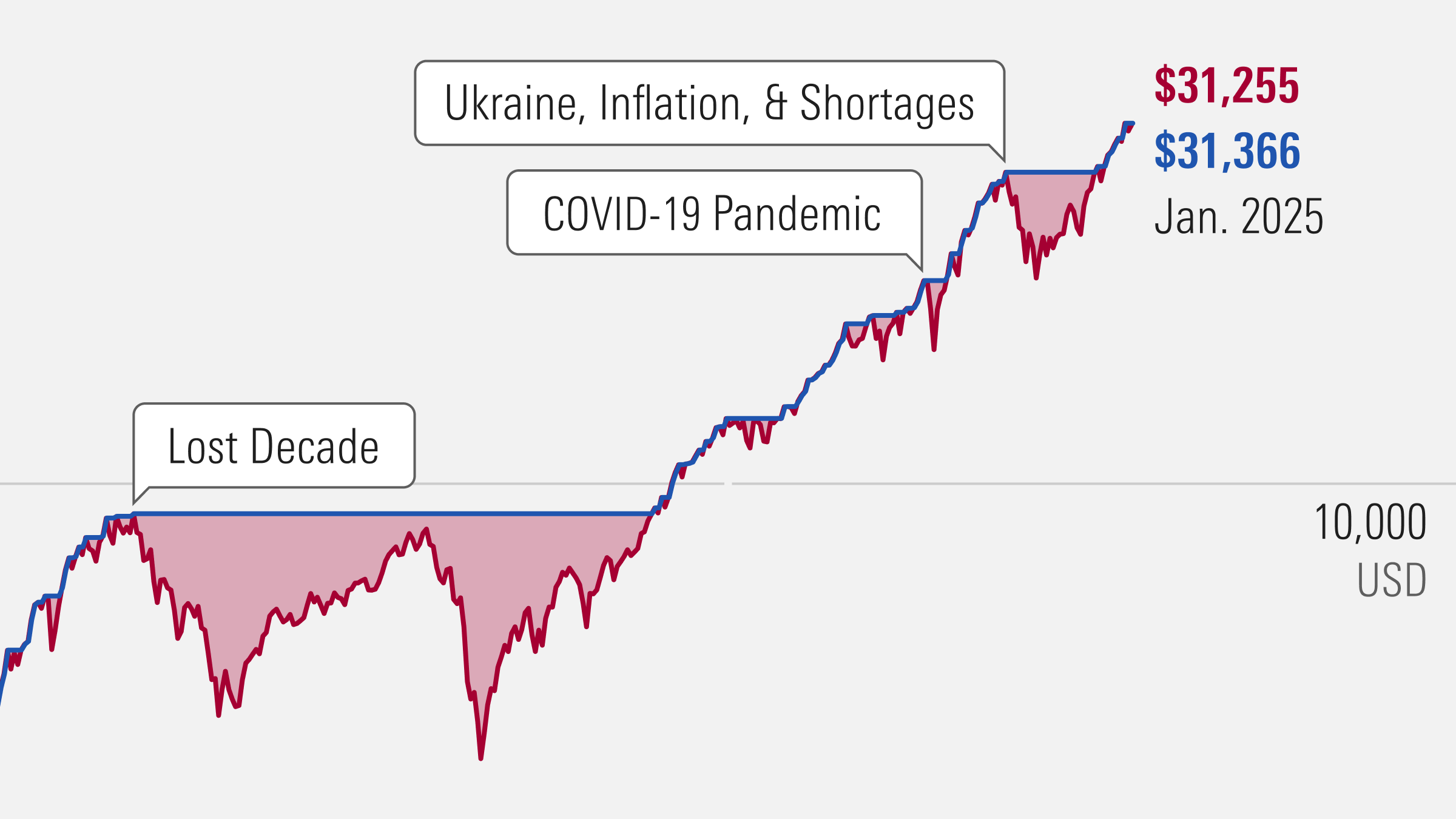
Eurozone inflation was stable in April at 2.4% year on year, in line with economists' expectations. Meanwhile, core inflation fell to 2.7% year-on-year. Here’s what to expect from the release of May's data this week
Markets are looking to flash inflation figures for the euro area that are due by Eurostat at 11am May 31, seeking further indications that the European Central Bank (ECB) will cut rates in June.
Prices are forecast to have risen by 2.5% on the year before, slightly higher compared to March, according to FactSet consensus estimates. Core inflation is expected to be stable at 2.7%.
"The increase is likely to be driven by a reversal of falling volatile items last month, and base effects resulting from the introduction of Germany's subsidised train tickets last May," the Algebris Investments Global Credit team said in a note on Monday.
In April, the greatest contributors to the annual euro area inflation rate were services (+1.64 percentage points, pp), followed by food, alcohol & tobacco (+0.55 pp), non-energy industrial goods (+0.23 pp) and energy (-0.04 pp), according to Eurostat.
A Slight Uptick in Inflation - No Cause for Panic
"Having fallen sequentially from December, some investors might be dismayed to see this number running up once again," says Michael Field, European market strategist at Morningstar, But he says there are three things to bear in mind:
• Given the many components in the inflation equation, it is highly unusual to see straight line declines in the number. In short, we've been lucky so far. A small increase month on month is no cause for panic. Although there are some lingering concerns about services inflation in Europe, the trend in inflation is clearly downward;
• Inflation in Europe is running at the lowest rate of any of the large Western economies, a full percentage point lower than in the US, and only 0.4pp off the European Central Bank's targeted level. With more than 90% of economists polled expecting the ECB to cut rates in June, small upward moves in inflation, such as this, are highly unlikely to prevent this;
• Core inflation, the measure of inflation that those in the know are most focused on, is expected to be flat in May at 2.7%. Core inflation strips out the noise of volatile components, such as food and energy prices. That core inflation has fallen by half in just 12 months – and remains low – is a further indicator that we are in a good place.
What Will the ECB do After June's Meeting?
Eurozone inflation data are crucial to the process of predicting what the ECB will do next, and, specifically, when it will cut rates.
A key inflation driver is wages. ECB's negotiated wage tracker showed an increase to 4.7% year on year in Q1 from 4.5% in the fourth quarter of 2023. The data beat analyst expectations. "The surprise was driven by large bonus payments in Germany, which form an increasingly important part to German pay deals and therefore can’t be discounted entirely," Algebris Investments' note explains.
In its blog, the ECB stated that "wage growth is expected to remain elevated in 2024, and show a bumpy profile." According to Algebris Investments, this "complicates the outlook of fast cuts by ECB." Indeed, economists are adjusting their forecasts for rate cuts.
"The ECB will start cutting rates in June, given the very high level of rates today," says Tomasz Wieladek, chief european economist at T. Rowe Price, who also expects that the ECB will skip July and then cut two or three more times this year.




























